Rosy barb - Puntius conchonius
Scientific name: Puntius conchonius
Common name: Rosy barb
Family: Cyprinidae
Usual size in fish tanks: 8 - 10 cm (3.15 - 3.94 inch)
014
Recommended pH range: 6.5 - 7.5
Recommended water hardness: 4 - 18°N (71.43 - 321.43ppm)
0°C 32°F30°C 86°F
Recommended temperature range: 18 - 25 °C (64.4 - 77°F)
The way how these fish reproduce: Spawning
Where the species comes from: South Asia
Temperament to its own species: peaceful
Temperament toward other fish species: peaceful
Usual place in the tank: Middle levels
Origin
The Rosy Barb (Puntius conchonius) originates from the freshwater lakes and slow-moving streams of Asia, specifically in India, Pakistan, and Nepal. In the wild, they inhabit waters with dense vegetation and a mix of rocky and sandy substrates, which provides ample hiding and foraging spots. Their natural habitats are characterized by soft, slightly acidic to neutral water, making them adaptable to a variety of aquarium settings.
Food and Feeding
Rosy Barbs are omnivores with a diverse diet in the wild, feeding on worms, insects, small crustaceans, and plant matter. In the aquarium, they readily accept a variety of foods, including high-quality flake foods, pellets, and frozen or live foods like bloodworms, brine shrimp, and daphnia. Supplement their diet with vegetable matter, such as blanched spinach, zucchini, or spirulina-based flakes, to maintain their vibrant coloration and overall health. A balanced diet not only boosts their color but also reduces aggressive tendencies. Feed them small amounts 2-3 times daily to prevent overfeeding and keep the water quality stable.
Sexing
Sexing Rosy Barbs is relatively straightforward. Males display a more vibrant pinkish or red coloration, particularly during breeding periods, and their fins have distinctive black edges. Females, by contrast, have a rounder body shape and a more subdued, silverish hue. During the breeding season, the males' colors become even more intense, serving as an indicator for aquarists looking to identify breeding pairs.
Breeding
Rosy Barbs are egg scatterers and relatively easy to breed in captivity. To encourage breeding, set up a separate breeding tank with fine-leaved plants like Java Moss or use spawning mops for the eggs to attach to. Maintain a water temperature between 23-25°C (73.4-77°F) and a slightly acidic to neutral pH of around 6.5-7. Use gentle water flow and dim lighting to mimic their natural spawning conditions.
During spawning, the female scatters hundreds of eggs among the plants. Once spawning is complete, remove the parents to prevent them from eating the eggs. The eggs typically hatch within 36 hours, and the fry become free-swimming after an additional 6 days. Feed the fry with infusoria or commercially available fry food until they are large enough to accept newly hatched brine shrimp. Keep the breeding tank’s water conditions stable, as fry are particularly sensitive to fluctuations.
Lifespan
With proper care, Rosy Barbs can live up to 5 years in an aquarium. Providing a balanced diet, stable water conditions, and regular health checks can help prevent common issues like fin rot or ich, maximizing their lifespan.
General Care Tips
Rosy Barbs are hardy and adapt well to various water conditions, making them excellent for community tanks. They thrive in a water temperature range of 18-25°C (64.4-77°F) with a pH between 6.5 and 7.5. Keep the water hardness within 4-18°N (71.43-321.43 ppm) for optimal health. Perform regular water changes of 20-30% weekly to maintain water quality and prevent the buildup of harmful substances.
These active swimmers should be kept in groups of at least 5 to minimize stress and encourage natural schooling behavior. Avoid housing them with overly aggressive or fin-nipping species, as Rosy Barbs thrive in peaceful community setups. Ideal tank mates include other barbs, danios, gouramis, and peaceful bottom dwellers like Corydoras.
Rosy Barbs require a spacious tank with plenty of swimming room and open spaces. A well-planted aquarium with areas of dense vegetation, combined with open areas for swimming, helps simulate their natural environment and keeps them active. Providing a varied diet and stable water conditions will help them display their best colors and contribute to their overall well-being.
Pictures
Bought by aqua-fish.net from jjphoto.dk. One picture was provided by Mihail of Romania.






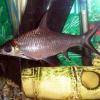 Bala
Bala 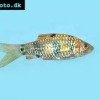 Spotted
Spotted 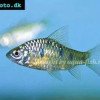 Golden
Golden 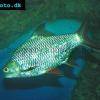 Tinfoil
Tinfoil  Congo
Congo 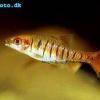 Blue-barred
Blue-barred 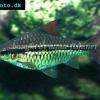 African
African  Butterfly
Butterfly 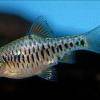 Olivegreen
Olivegreen 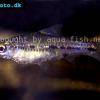 Morse
Morse 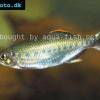 Jerdon’s
Jerdon’s 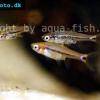 Mosquito
Mosquito 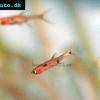 Dwarf
Dwarf 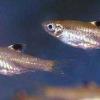 Eyespot
Eyespot 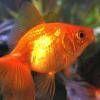 Goldfish
Goldfish  Penguin
Penguin 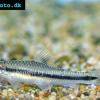 Siamese
Siamese  Koi
Koi 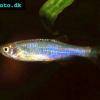 Pearl
Pearl 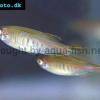 Glowlight
Glowlight 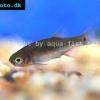 Crossbanded
Crossbanded  Yoma
Yoma 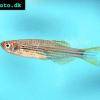 Orange
Orange 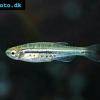 Dwarf
Dwarf 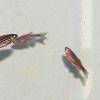 Zebra
Zebra 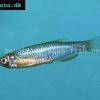 Rose
Rose 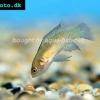 Red
Red 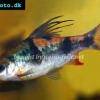 Arulius
Arulius 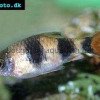 Tambraparni
Tambraparni 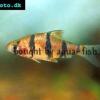 Fiveband
Fiveband 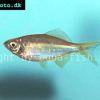 Bengal
Bengal 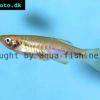 Tiger
Tiger 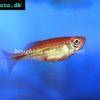 Malabar
Malabar 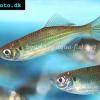 Queen
Queen 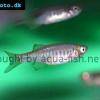 Hora
Hora 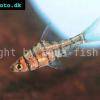 False
False 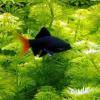 Redtail
Redtail 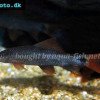 Rainbow
Rainbow 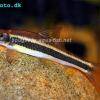 Flying
Flying 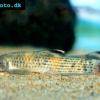 Garra
Garra 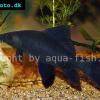 Black
Black 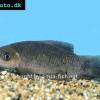 Purple
Purple 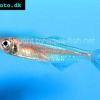 Burmese
Burmese 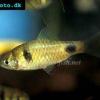 Dwarf
Dwarf  Isok
Isok 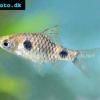 Two
Two 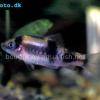 Melon
Melon 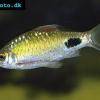 Black-spot
Black-spot 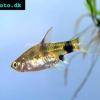 Golden
Golden 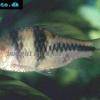 T-Barb
T-Barb 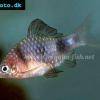 Ruby
Ruby 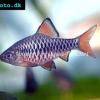 Checkered
Checkered  Rhomb
Rhomb 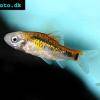 Gold
Gold 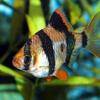 Tiger
Tiger 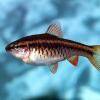 Cherry
Cherry 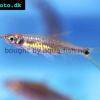 Brittan’s
Brittan’s 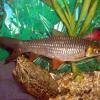 Greater
Greater 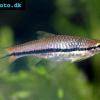 Long-band
Long-band 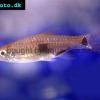 Twospot
Twospot 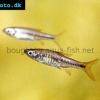 Reticulate
Reticulate 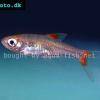 Cherry
Cherry 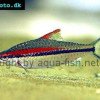 Denison
Denison 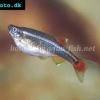 White
White 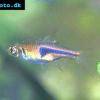 Lambchop
Lambchop 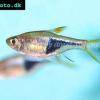 Harlequin
Harlequin